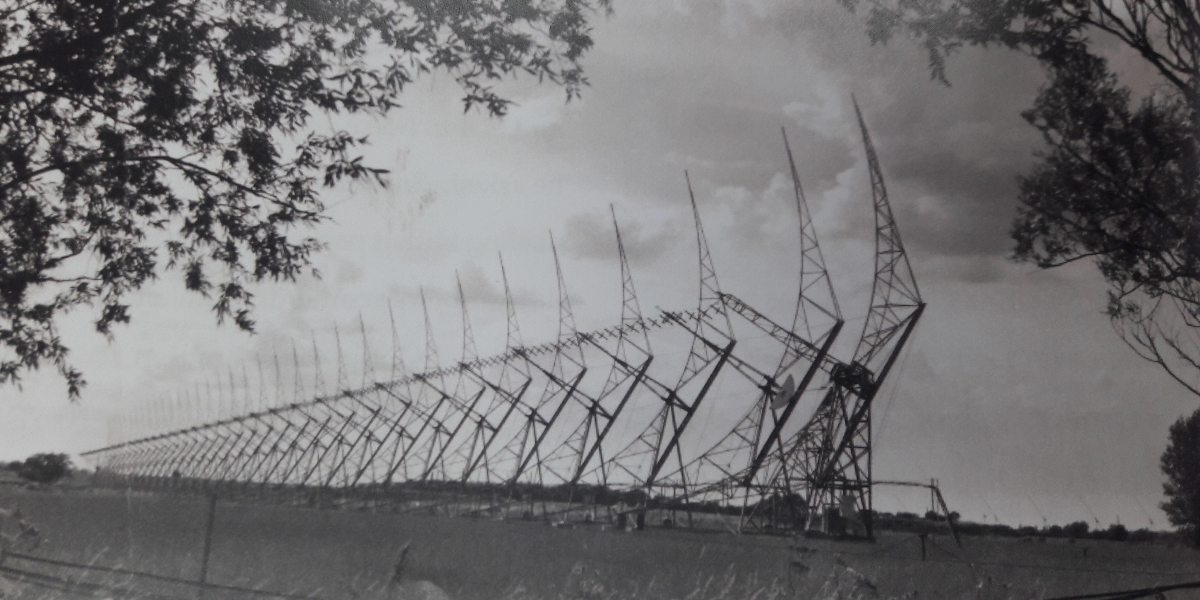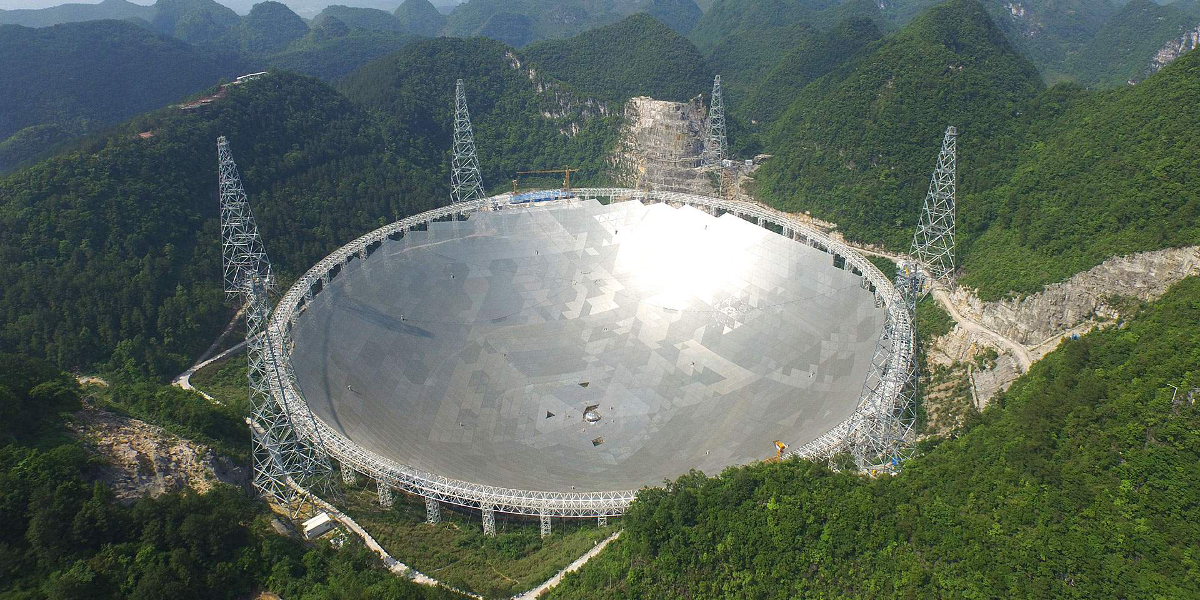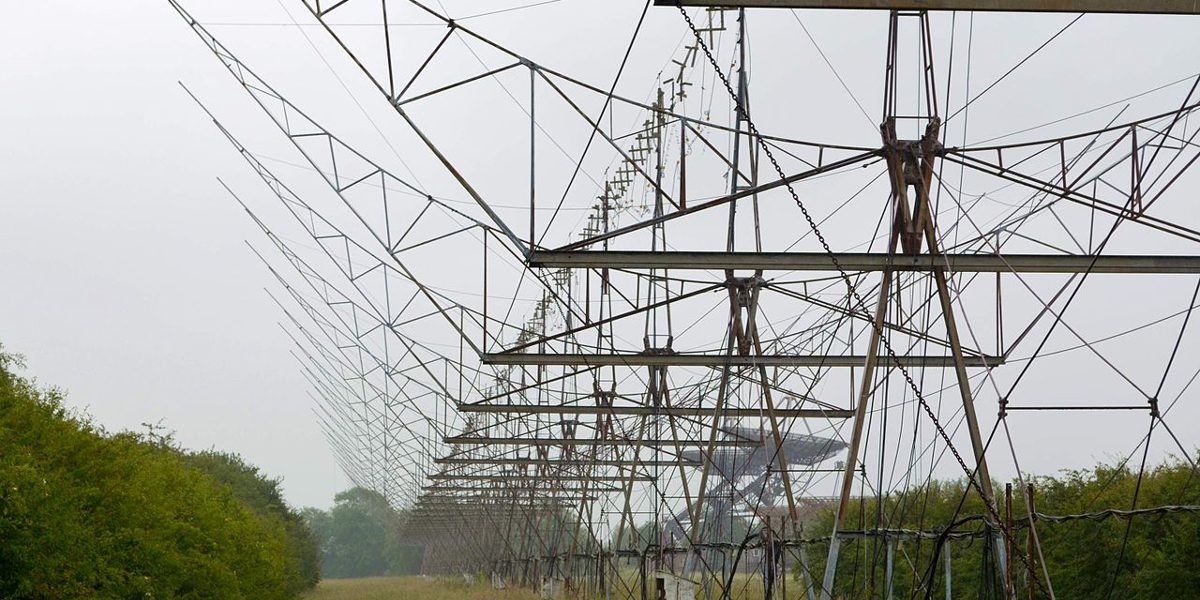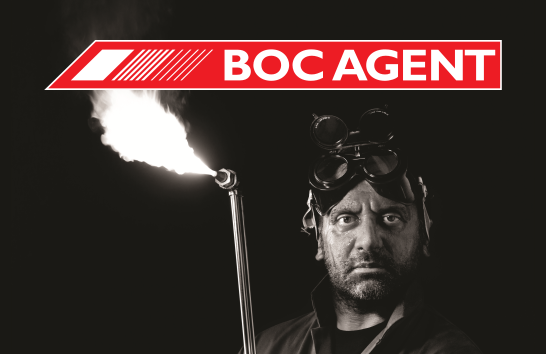Mackays and the Radio Telescope

With the news that the Chinese have completed and started testing the massive Radio Telescope in Guizhou Province, we have cast our minds back into our history and how Mackays contributed in the very early days of Radio Astronomy.
It is best Summarised by company Director Donald Mackay:
"Soon after the war a scientist named Martin Ryle of the Cavendish Labs became a regular customer. He ordered hundreds of cut and drilled angle iron stakes. It was puzzling to us as to what they could be using them for. We were eventually told they were to be spaced out and driven into the ground to have wires stretched between them to form radio aerials for listening to radio waves coming from space. It sounded a bit like science fiction to us but it developed into the new science of radio astronomy."
"Our firm went onto design and build huge arrays of aerials in parabolic form, which applied a new method invented by Martin known as 'Aperture Synthesis' by which means the aerials became many times more powerful. Indeed the original aerials at Lords Bridge, still sometimes used 50 years later, was immensely powerful and it was years before any other radio astronomers caught up with the lead Martin established. The results obtained from his telescope gave astronomy the C3 catalogue of radio stars, which is still relied upon today by astronomers worldwide."
"The method and type of aerial structure was copied in several other places. Martin was knighted and took a Nobel Prize for his work. He was also appointed as Astronomer Royal by Her Majesty The Queen."
As a company we are well into our 104th year and it can be easy to forget the rich history which makes us who we are.
For a period in time Cambridge was the center of the Radio Astronomy world and Mackays was at the heart of turning the new theories from chalk sketches on our workshop floor into reality.
Monday 26th September 2016







